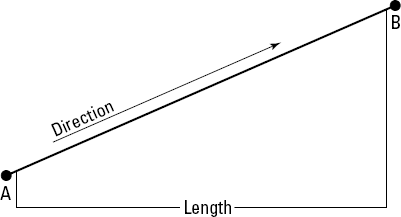11.1. Introduction to Bézier Paths
Sometimes referred to as Bézier curves (after the French automobile designer Pierre Bézier, who invented the concept), paths have unique characteristics that set them apart from other computer-based graphics tools:
Paths are common to many types of computer graphics programs and often work in much the same way. They are used extensively in digital illustration, page layout, 3D modeling and all types of animation, and of course, in Photoshop CS4. Consequently, much of what you learn in this chapter is applicable to other programs like Adobe Illustrator or Adobe After Effects. Similarly, if you've already learned about paths from programs like Illustrator, those skills are also useful in Photoshop.
Paths are mathematically defined. This is very different from digital photos, which are fixed patterns of pixels (or bitmaps) that bear no mathematical relationship. It also means paths are not directly a part of your image, but rather sit above the image canvas.
The shape of a path is based on a mathematical concept called vectors. Put simply, a vector is a geometric object — usually represented by a line — that has both a direction and a defined length (see Figure 11.1).
Figure 11.1. A vector is a geometric object that has both a direction and defined length.

Paths are resolution-independent. This means they can be scaled up or down (repeatedly), and ...
Get Photoshop® CS4 Bible now with the O’Reilly learning platform.
O’Reilly members experience books, live events, courses curated by job role, and more from O’Reilly and nearly 200 top publishers.

